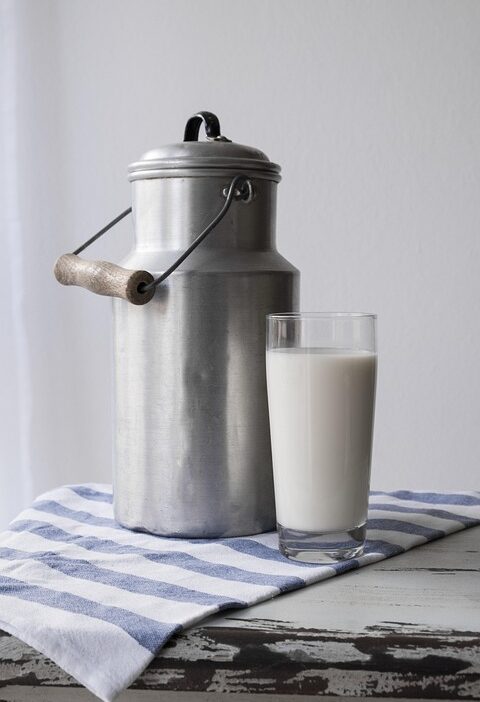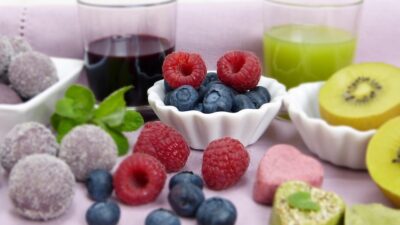In recent years, the quest for high-protein sources has gained immense popularity among fitness enthusiasts, health-conscious individuals, and anyone looking to enhance their diet. Protein is essential for building and repairing tissues, producing enzymes and hormones, and supporting overall health. In this article, we will explore a diverse range of high-protein sources, from plant-based options like beans and lentils to animal-based choices like beef and poultry. Whether you’re a vegetarian, a meat lover, or somewhere in between, there’s a protein-rich food out there for you.
1. Legumes: The Plant-Powered Protein
Beans and Lentils
Legumes are an outstanding protein source for both vegetarians and omnivores. Black beans, chickpeas, kidney beans, and lentils are rich in protein, fiber, and essential nutrients, making them a staple in many diets.
- Protein Content: One cup of cooked lentils contains about 18 grams of protein, while a cup of cooked black beans has around 15 grams.
- Health Benefits: Beyond their protein content, legumes promote digestive health due to their high fiber content and may reduce the risk of chronic diseases such as heart disease and diabetes.
Peas and Soy Products
Green peas and soy products like tofu and tempeh also pack a protein punch. Peas contain about 8 grams of protein per cup, while tofu offers around 10 grams per half-cup serving.
- Versatility: Soy products, in particular, can be used in a variety of dishes, from stir-fries to smoothies, while peas make a great addition to salads and soups.
2. Quinoa and Other Grains
Whole Grains
Although grains are not traditionally viewed as high-protein foods, certain varieties such as quinoa, farro, and bulgur are exceptions. Quinoa is a complete protein containing all nine essential amino acids.
- Protein Content: One cup of cooked quinoa provides about 8 grams of protein.
- Nutritional Profile: Quinoa is also high in fiber, magnesium, and other vitamins and minerals, making it an excellent choice for a balanced diet.
3. Dairy and Dairy Alternatives
Greek Yogurt and Cottage Cheese
Dairy products are rich in protein and can be consumed in various forms. Greek yogurt is particularly high in protein, making it a great snack or breakfast option.
- Protein Content: One cup of Greek yogurt can contain up to 20 grams of protein, while a cup of cottage cheese offers about 28 grams.
- Fat Content: Opting for low-fat or non-fat varieties can help manage calorie intake while still providing essential nutrients.
Plant-Based Alternatives
For those avoiding dairy, there are numerous high-protein plant-based alternatives like almond, soy, and coconut yogurt. Soy yogurt, for instance, can have similar protein content to dairy yogurt.
4. Meat and Poultry: Premium Protein Sources
Chicken and Turkey
Poultry is a lean source of protein that is versatile and easy to prepare. Skinless chicken breast is one of the most popular high-protein options.
- Protein Content: A 3-ounce serving of cooked chicken breast can provide around 26 grams of protein.
- Health Benefits: It is low in fat and calories, making it an excellent option for those looking to maintain or lose weight while ensuring adequate protein intake.
Beef and Pork
Red meat, while often debated for its health implications, is also a significant source of protein. Lean cuts such as sirloin or tenderloin provide substantial protein.
- Protein Content: A 3-ounce serving of cooked beef can offer approximately 22-25 grams of protein.
- Nutritional Considerations: Red meat is rich in iron, zinc, and B vitamins, but moderation is key to balancing health benefits with potential risks.
5. Seafood: The Ocean’s Wellness Gems
Fish and Shellfish
Seafood is an excellent source of protein and healthy fats, particularly omega-3 fatty acids, which are known for their heart health benefits. Salmon, tuna, haddock, and shrimp are great choices.
- Protein Content: A 3-ounce serving of salmon contains about 22 grams of protein, while shrimp offers around 17 grams.
- Health Impact: Regular consumption of seafood has been linked to lower risks of cardiovascular diseases and improved brain health.
Conclusion
The quest for high-protein sources offers an incredible variety of options, catering to different dietary preferences and needs. From legumes and grains to dairy and meats, each category has its unique nutritional profile and benefits. Incorporating a balanced mix of these protein-rich foods into your diet can not only help meet your protein requirements but also contribute to overall health and well-being. Whether you choose beans or beef, remember that diversity is key to a healthy diet!



